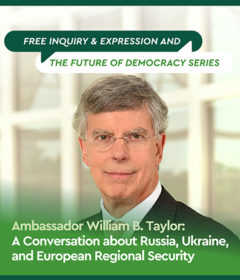Two students win poster awards at biomedical conference
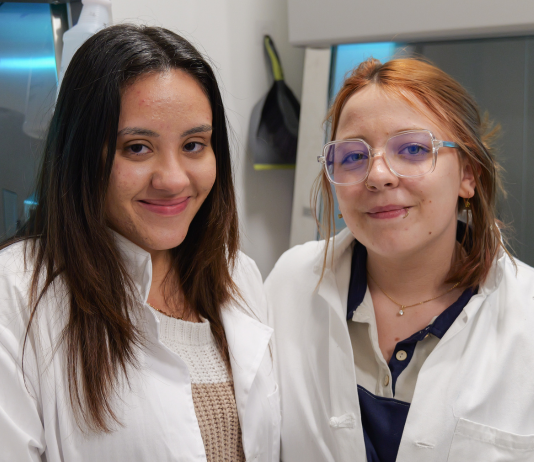
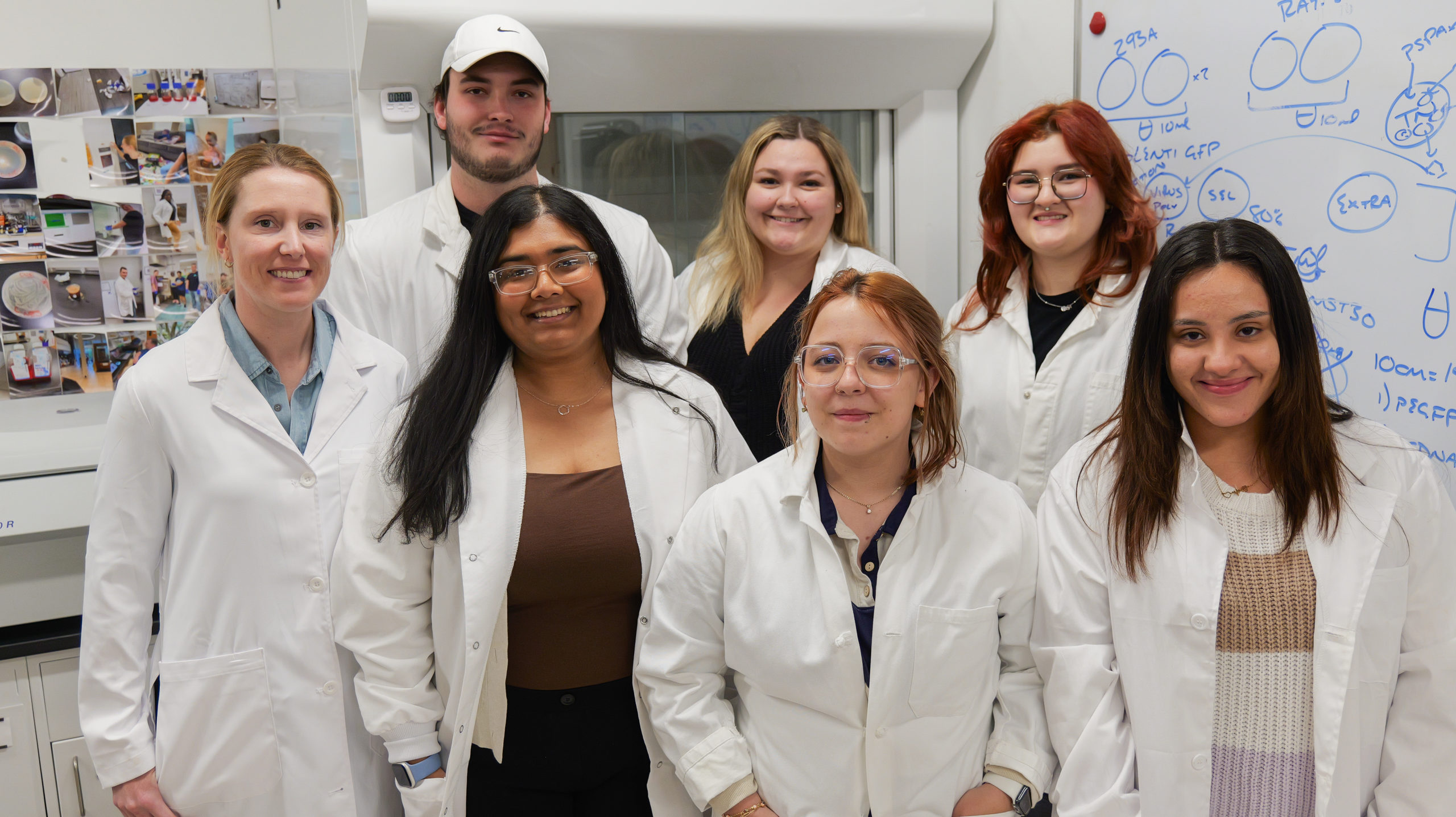
After several years of diligent research under the supervision of Kristine Dye, PhD, assistant professor of Health Sciences and Biology, eight Stetson students — majoring in diverse majors such as Health Sciences, Biology, Molecular and Cellular Biology and Chemistry — traveled to Pittsburgh, Pa., to present their research at the Annual Biomedical Research Conference for Minoritized Students (ABRCMS) Conference in November 2024.
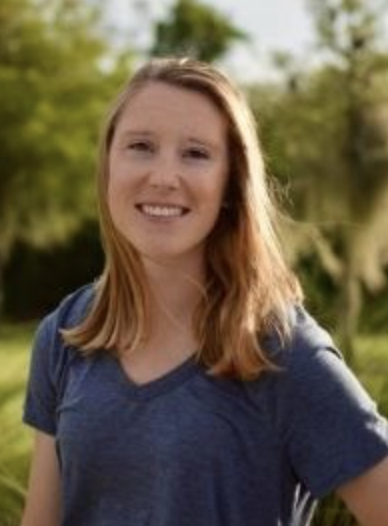
“What draws me to this conference is that it obviously focuses on minority populations and it’s really good on awarding travel grants to allow students to attend and present at this conference,” Dye said. “Another reason I like to take students to this conference is that it is a training conference that is very undergraduate focused. They are going to poke at your research, but they also are trying to help you become a better academic, they are trying to get you to graduate school, so there are tons of recruiters there.”
Two of the students who attended the conference, sophomore Raven Hufstetler and junior Annie Nieves Rodriguez, won individual poster awards.

“I was very confident I did well,” said Hufstetler, who is double majoring in Molecular and Cellular Biology and Chemistry. “I did not think I was going to receive an award because it was my first conference and my first time presenting research like that. It was surreal when they called my name, I even hesitated for a second.”
“Personally, I was not expecting the award because it was my first time presenting research,” said Nieves Rodriguez, who is majoring in Molecular and Cellular Biology with a minor in English. “Being able to win something was just surprising but it felt good, because it was nice to feel appreciated. Also, having the opportunity to present my research with people who were as excited about it as I am was an incredible experience.”
Researching Merkel cell polyomavirus
Hufstetler and Nieves Rodrigues’ research, like all other students’ research who study under Dye, focuses on the Merkel cell polyomavirus — the most recently discovered human oncogenic virus.
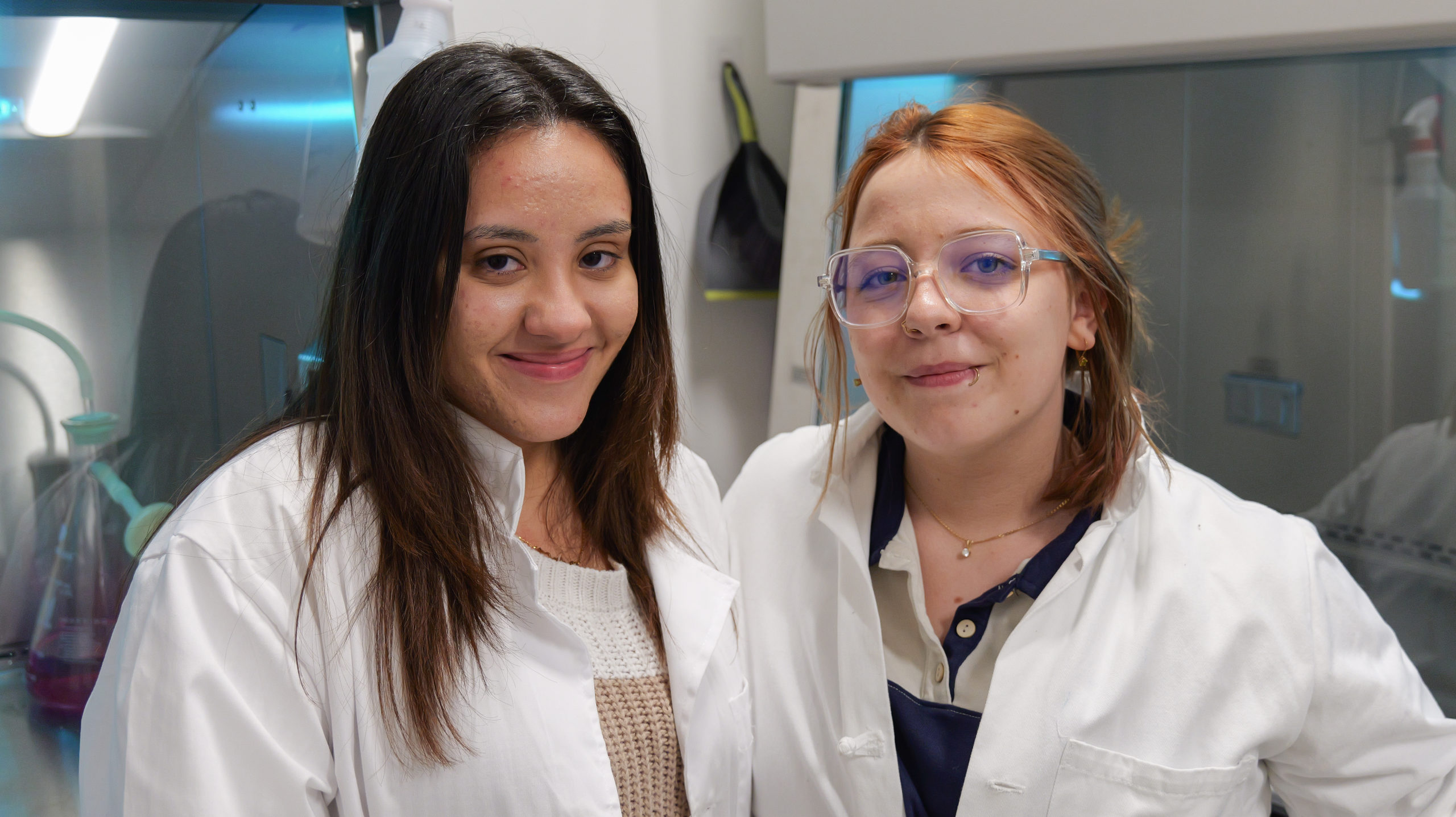
Discovered in 2008, the virus causes a cancer called Merkel Cell Carcinoma, a skin cancer three times as deadly as the Melanoma.
“It’s very rare, but it’s very aggressive,” Dye said. “The cell has two parts, a cytoplasm and the nucleus. You can’t just get to the nucleus, it’s very highly regulated; there’s a gate and you need a password to get in. We found that the virus is going to the nucleus of the cell, but it doesn’t have the password, so that’s kind of unique. We also did an experiment that found that if you kick the virus out of the nucleus, it doesn’t cause cancer anymore.”
Both Hufstetler and Nieves Rodriguez, are part of the new cohort to study under Dye’s supervision. They started to get training with her last summer — which they spent fully at the lab — working on their current research.
When prompted with the question of what she wanted to base her research of the virus on, Hufstetler had one simple question in mind: “how does it move?“.
“Usually, for a protein to get into the nucleus, it would need a nuclear localization signal, but our protein does not have that,” she said. “What I presented was that we were seeing that our small tumor protein was localizing to that nucleus even though it didn’t have a known nuclear localization signal. From there, I wanted to determine whether or not that was important to its transformative properties — meaning its ability to cause cancer — in a host.”
Through subcellular fractionation, Hufstetler’s research came across a segment of the protein — which they named MST30 — that is responsible for the virus entering the nucleus of the cell.
With another semester on the horizon, Hufstetler already is working to further her research to narrow down the region responsible for nuclear localization. In the future, identifying the novel mechanism the virus utilizes to enter the nucleus and cause cancer can inform novel and efficacious therapeutics for Merkel Cell Carcinoma.

For Nieves Rodriguez, her main focus is identifying whether any other non-oncogenic polyomaviruses are capable of nuclear localization, or if this is something unique to the oncogenic Merkel cell polyomavirus.
“Merkel cell polyomavirus is the only human polyomavirus capable of entering the nucleus via this currently not understood mechanism,” she said. “This proves that nuclear localization may be responsible for the unique ability of Merkel cell polyomavirus to cause cancer.”
Future Plans
Nieves Rodrigues aspires to go to veterinary school after graduating from Stetson.
“Here in Florida, the only veterinary school is the University of Florida,” she said. “So, I’ll obviously apply to UF and also, to some other schools out of state.”
Hufstetler, a first-generation college student, aspires to attend graduate school and get her PhD and eventually become a professor.
“I feel like this is a great experience for me,” she said. “Especially because I get to do a lot of hands-on research that a lot of other graduate students in other schools wouldn’t get as undergraduates. I also feel like talking one-on-one with Dr. Dye and being able to do hand-on research is really solidifying things I’m learning in my other classes.
“It’s great to be able to sit in a lecture and learn about nucleuses and different organelles and how proteins work,” Hufstetler added. “But, it’s another thing to actually see that happening in action, and I feel like that’s the biggest part of this for me: being able to see everything finally connect and me being hands-on with it.”
– Andrea Mujica


